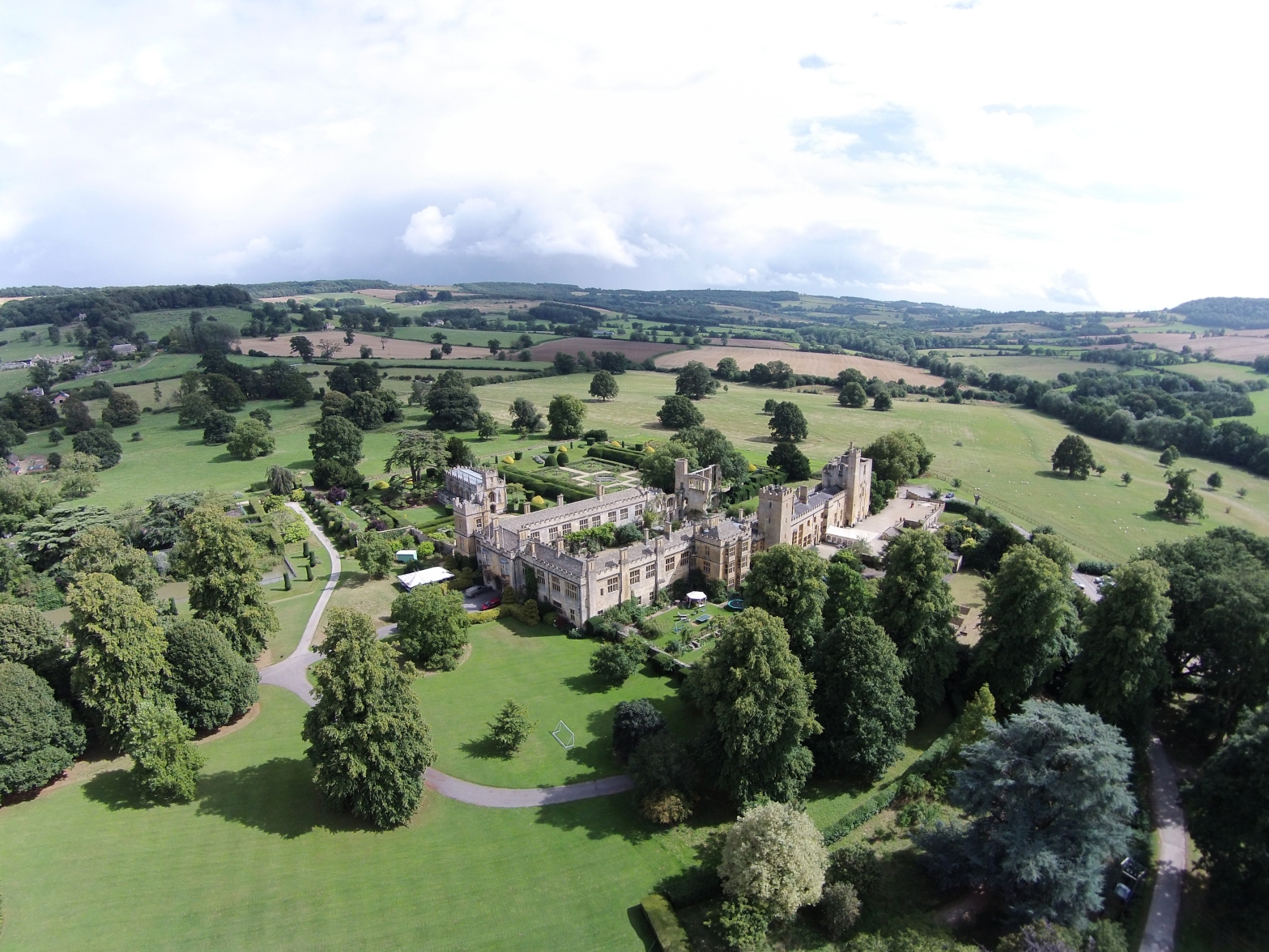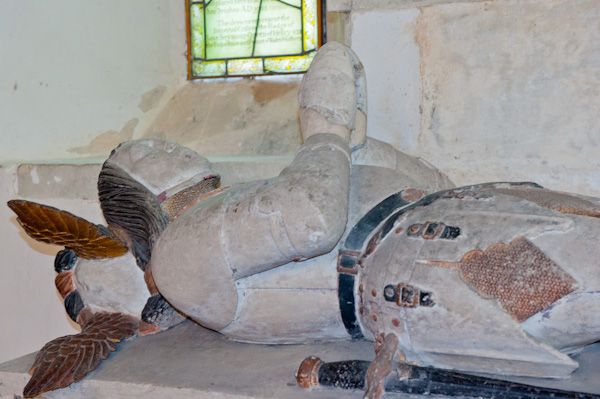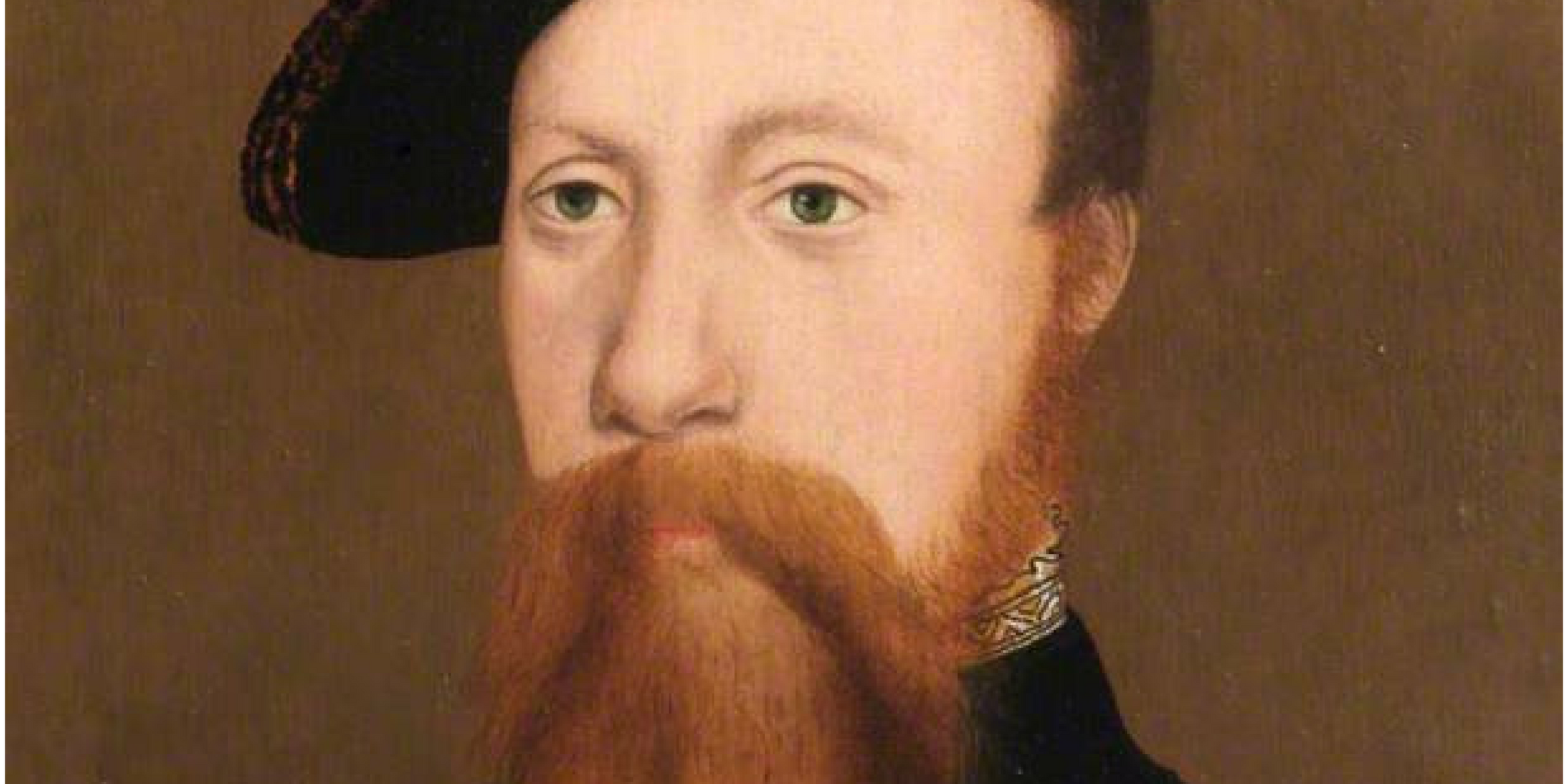Written by Rebecca Larson When it comes to the Seymour family, we generally read about the Duke of Somerset, Jane the Queen consort, and Thomas Seymour. But what about the woman who gave birth to them? Genealogy Margery Wentworth was a descendant of King Edward III, and it is through her ancestry, that her daughterContinue reading "Will of Margery Seymour: Mother of a Queen, Duke, and Lord Admiral"
Chat with Creator and Writer of “Becoming Elizabeth”, Anya Reiss
https://open.spotify.com/episode/3rfqkUjW7M6pXtc2CRdr7J?si=JnVQdBF5TXSalIMUPGkx7w This Sunday, the 12th of June, on Starz, we will be introduced to their new historical drama called, Becoming Elizabeth. Follow Elizabeth Tudor, an orphaned teenager, who becomes embroiled in the political and sexual politics of the English court on her journey to secure the crown. We are so excited to see what thisContinue reading "Chat with Creator and Writer of “Becoming Elizabeth”, Anya Reiss"
Becoming Elizabeth on Starz
Anyone who has known me for even a short amount of time knows that I am interested in telling the true story behind Thomas Seymour. In 2016 I chose Thomas Seymour as the figure from Tudor history that I wanted to research and write about. At the time, I was unfamiliar with the entire story,Continue reading "Becoming Elizabeth on Starz"
Thomas the Diplomat: Low Countries
In my previous article on "Thomas the Diplomat", was about Thomas Seymour's time as ambassador to the King of Hungary and his participation in the Siege of Pest. Today we will continue where we left his story where the last post left off. After his time on the continent as ambassador to Ferdinand of Hungary, ThomasContinue reading "Thomas the Diplomat: Low Countries"
The Queen’s Presence Chamber – Sudeley
My effort to uncover the true Thomas Seymour has led me to Sudeley Castle once again. While reading The Temptation of Elizabeth Tudor, by Elizabeth Norton, I discovered that the Queen's Presence Chamber had windows that ran floor to ceiling and made you feel like you were outside in the Queen's Garden when you stoodContinue reading "The Queen’s Presence Chamber – Sudeley"
Thomas the Diplomat and the Siege of Pest
During my continual research of Thomas Seymour I have come across a many letters that he wrote during his diplomatic missions. I will be honest, when I first found these letters I glanced at them and my eyes instantly glazed over. Most of these letters contained what I considered a bunch of military jargon thatContinue reading "Thomas the Diplomat and the Siege of Pest"
Elizabeth, in the Gallery, with a Man
Thomas Parry was Lady Elizabeth's Cofferer and was one of the servants close to Elizabeth who was interrogated during the downfall of Sir Thomas Seymour, Baron Seymour of Sudeley and Lord High Admiral. As the Cofferer, Parry would have been responsible for in the incoming and outgoing money that belonged to his mistress, the LadyContinue reading "Elizabeth, in the Gallery, with a Man"
Seymour Place: First Home of Thomas Seymour
There is not much known about Thomas Seymour's early years. Historian and author, David Loades believed that when Thomas first came to court (sometime between 1525-1530) that he may have rented a place in London. But once his sister Jane became Queen we can assume that he always had a place at court. It wouldContinue reading "Seymour Place: First Home of Thomas Seymour"
Uncovering the Face of Thomas Seymour
All that's left is history. Letters to his king and his wife give us small insight into the man - it is what others had to say about him that have left a lasting impression. Thomas Seymour had blue eyes, red hair and a long red beard and mustache. He was described as “…fierce in courage,Continue reading "Uncovering the Face of Thomas Seymour"
Thomas Seymour’s Sudeley Castle
This history of Sudeley Castle goes back centuries. It's majestic gardens were once visited by the likes of Richard III, Jasper Tudor, Henry VIII, Anne Boleyn, Katherine Parr and Lady Jane Grey. It 1469, King Edward IV forced a Lancastrian supporter (his enemies) to sell the castle to the crown. Edward IV then granted itContinue reading "Thomas Seymour’s Sudeley Castle"
Nomination for Knight of the Garter
The Most Noble Order of the Garter was founded by King Edward III in 1348 and was the highest honor obtainable. Edward III inaugurated the Order of the Garter with a great feast and joust. The Order had a 24-man limit. As members died, were removed or beheaded, they made way for new members. The Sovereign alone couldContinue reading "Nomination for Knight of the Garter"
Did Thomas Seymour Cause a Woman’s Death?
I recently picked up "The Reign of Edward VI" by James Anthony Froude and started looking for information on Thomas Seymour. It was while searching that I came across some new information. On page 77, in the section of the book about the Protectorate, I found this line: the admiral had seduced and deserted atContinue reading "Did Thomas Seymour Cause a Woman’s Death?"
Tomb of Sir John Seymour: Father of Thomas
Sir John Seymour was reburied by his grandson, Edward Seymour, Earl of Hertford at the Great Bedwyn Church in 1590. The tomb displays the heraldic escutcheons, with a Seymour's effigy on top which is fully dressed in armor with hands in prayer, his head resting on his helm from which projects the sculpted Seymour crestContinue reading "Tomb of Sir John Seymour: Father of Thomas"
Welcome to the Site Dedicated to Thomas Seymour
Thank you so much for visiting this website whose focus is solely on the life and death of Sir Thomas Seymour, Baron Seymour of Sudeley. My name is Rebecca and I am best known as the owner of TudorsDynasty.com but have decided in the last six months to put a bigger focus on Thomas SeymourContinue reading "Welcome to the Site Dedicated to Thomas Seymour"












